A325 Structural Bolts: Strength, Reliability, and Applications in Steel Construction
Created at : Sep 28, 2025
Few components are as vital as the bolts that hold everything together. Among these, the A325 structural bolt stands out as one of the most trusted fasteners in the industry. Designed for high-strength, load-bearing connections, A325 bolts are used in everything from skyscrapers and bridges to cranes and industrial machinery. Their strength, consistency, and reliability make them indispensable for modern structural engineering.
What Is an A325 Structural Bolt?
An A325 bolt is a high-strength structural bolt specified by the American Society for Testing and Materials (ASTM) under standard ASTM A325—now replaced by ASTM F3125 Grade A325. These bolts are specifically engineered to connect steel-to-steel structural members, providing the high clamping force required to support heavy loads and resist shear, tension, and vibration.
Unlike regular commercial bolts, which may be made from mild steel and used in non-critical applications, A325 bolts are manufactured from medium carbon steel and are heat-treated to enhance their mechanical properties. This treatment improves both their tensile and yield strength, ensuring they can perform under extreme stress without failure.
Mechanical Properties and Strength Ratings
The defining characteristic of an A325 structural bolt is its strength. According to ASTM specifications, an A325 bolt must have:
- A minimum tensile strength of 120,000 psi for bolts up to 1 inch in diameter, and 105,000 psi for larger diameters.
- A minimum yield strength of 92,000 psi for bolts up to 1 inch in diameter.
These numbers place A325 bolts well above the strength of standard Grade 5 fasteners, making them ideal for critical load-bearing applications.
The combination of high strength and ductility allows A325 bolts to maintain tight, reliable connections in the face of wind, vibration, and shifting loads—conditions typical of large structures.
Typical Applications in Construction and Industry
A325 bolts are used in virtually every sector of steel construction, including:
- Commercial and industrial buildings: For joining beams, columns, and girders.
- Bridges and towers: Where vibration resistance and long-term reliability are crucial.
- Cranes and heavy equipment: To provide solid joints capable of handling extreme forces.
- Power plants, refineries, and infrastructure: For assembling large steel frameworks that must endure demanding environments.
In these applications, A325 bolts are usually installed in groups, forming bolted connections that are both strong and redundant—critical characteristics for safety and stability.
Types of Connections: Bearing vs. Slip-Critical
When using A325 bolts, engineers can design two main types of connections, each serving a specific purpose.
1. Bearing-Type Connections
In bearing-type joints, the bolt is installed snug-tight, and the shear force is resisted by the bolt shank bearing against the sides of the hole. These connections allow a small amount of movement before the bolt begins to resist the load, which can be acceptable in many standard steel frame applications.
2. Slip-Critical (Friction) Connections
In slip-critical connections, the bolt is pre-tensioned to a specific torque so that the friction between the steel plates resists movement. This type of connection is used in situations where even the slightest slippage cannot be tolerated—such as bridges or crane runways—because it keeps the structure rigid under all loading conditions.
The choice between bearing and slip-critical joints depends on the type of structure, expected loads, and safety factors required by engineering codes.
Installation and Tensioning Methods
Proper installation of A325 bolts is crucial to achieving the intended structural performance. These bolts can be installed using several methods, including:
- Turn-of-Nut Method: The most common approach, where the nut is turned a specific fraction of a rotation after reaching snug-tight condition to achieve the required tension.
- Calibrated Wrench Method: Uses a torque wrench calibrated to the appropriate value based on the bolt size and condition.
- Tension Control Bolts (TC Bolts): A variant of the A325 bolt that uses a splined end that shears off at the correct tension, ensuring accuracy and speed during installation.
To maintain the designed clamping force, hardened washers and heavy hex nuts are typically used with A325 bolts. The washers help distribute load evenly and prevent galling or damage during tightening.
Material and Finish Options
A325 bolts are manufactured from medium carbon steel and undergo heat treatment to reach the necessary hardness and strength. They are available in several finishes to match environmental needs:
- Plain (uncoated): For indoor applications or areas protected from corrosion.
- Hot-dip galvanized: For outdoor or marine environments where corrosion resistance is essential.
- Mechanically galvanized or zinc-plated: Offering moderate corrosion protection with smoother finishes for ease of assembly.
The right finish depends on the environment and project specifications. For example, bridges and outdoor structures almost always use galvanized bolts to resist rust and weathering.
ASTM F3125: The Updated Standard
In 2015, ASTM consolidated several standards—including A325 and A490—into a single specification: ASTM F3125. Under this unified standard, Grade A325 bolts retain the same mechanical and dimensional properties but fall under a more comprehensive classification system.
This consolidation simplifies the selection process for engineers and ensures consistency in testing, marking, and quality assurance across different grades of structural bolts.
Comparing A325 and A490 Bolts
While A325 bolts are highly reliable for most structural applications, some projects demand even greater strength — and that’s where A490 bolts come into play. Both grades share similar designs and functions, but they differ in material composition and performance characteristics. A325 bolts are made from medium carbon steel and have a minimum tensile strength of about 120,000 psi for bolts up to one inch in diameter. In contrast, A490 bolts are manufactured from alloy steel and deliver even higher strength, with a tensile strength reaching approximately 150,000 psi. This makes A490 bolts suitable for heavy-duty applications, such as cranes, industrial equipment, and other high-load structures, where maximum performance is essential.
Another key distinction lies in their coating options. A325 bolts can be hot-dip galvanized or zinc-coated for corrosion protection, making them ideal for both indoor and outdoor environments. However, A490 bolts are generally not galvanized due to the risk of hydrogen embrittlement, which can weaken the metal. As a result, A325 bolts are often preferred for bridges, buildings, and general construction because they provide an excellent balance of strength, ductility, cost-effectiveness, and versatility, while A490 bolts are reserved for situations that require the highest possible load capacity and performance under extreme conditions.
Advantages of Using A325 Bolts
- High Strength: Capable of handling significant shear and tensile loads.
- Reliable Performance: Proven through decades of use in demanding environments.
- Ease of Installation: Multiple installation methods and standard sizes make them versatile.
- Cost-Effective: Offer excellent performance-to-cost ratio compared to welding or higher-grade bolts.
- Versatility: Suitable for both permanent and temporary steel structures.
These characteristics make A325 bolts one of the most widely specified fasteners in structural design today.
Conclusion
The A325 structural bolt is a true workhorse of the construction industry—combining precision engineering, proven performance, and dependable strength. From the tallest skyscrapers to the longest bridges, these bolts ensure that steel structures remain safe, secure, and stable for decades.
By understanding their specifications, installation methods, and the standards that govern them, engineers and builders can continue to rely on A325 bolts as the backbone of strong, lasting connections in modern construction.
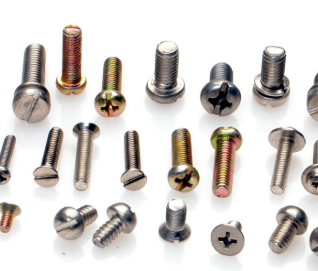 SCREWS
SCREWS
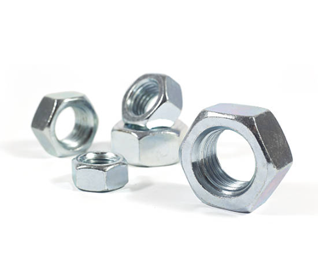 NUTS
NUTS
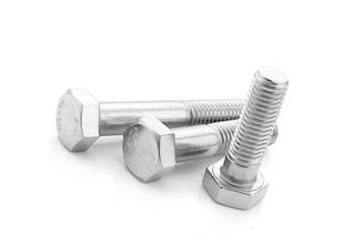 BOLTS
BOLTS
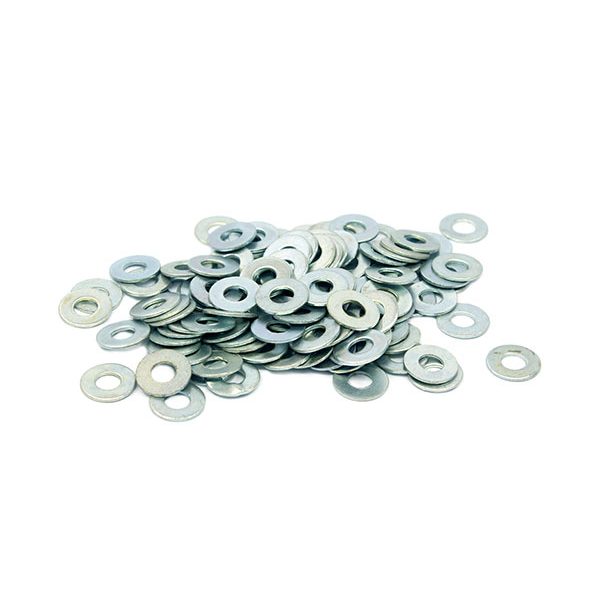 WASHERS
WASHERS
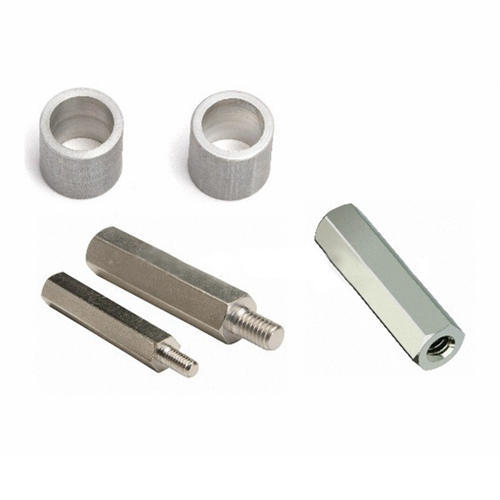 SPACERS & STANDOFFS
SPACERS & STANDOFFS
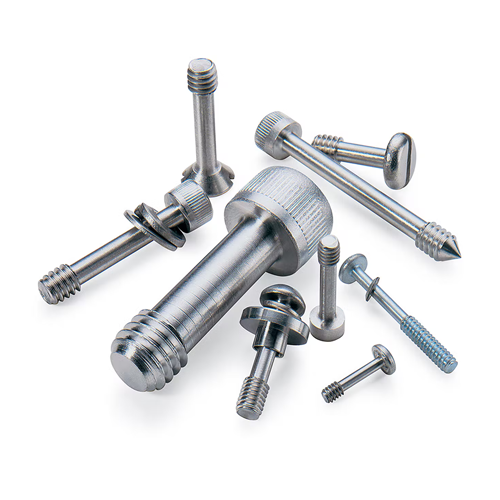 PRECISION/CUSTOM PARTS
PRECISION/CUSTOM PARTS
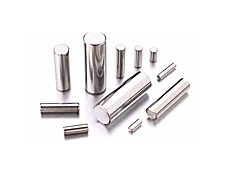 PINS
PINS
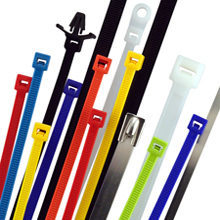 WIRE HANDLING
WIRE HANDLING
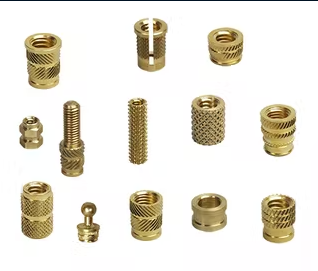 INSERTS
INSERTS
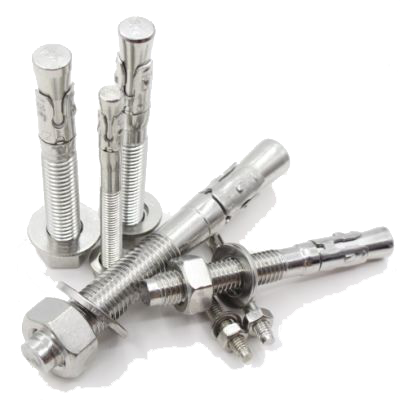 ANCHORS
ANCHORS
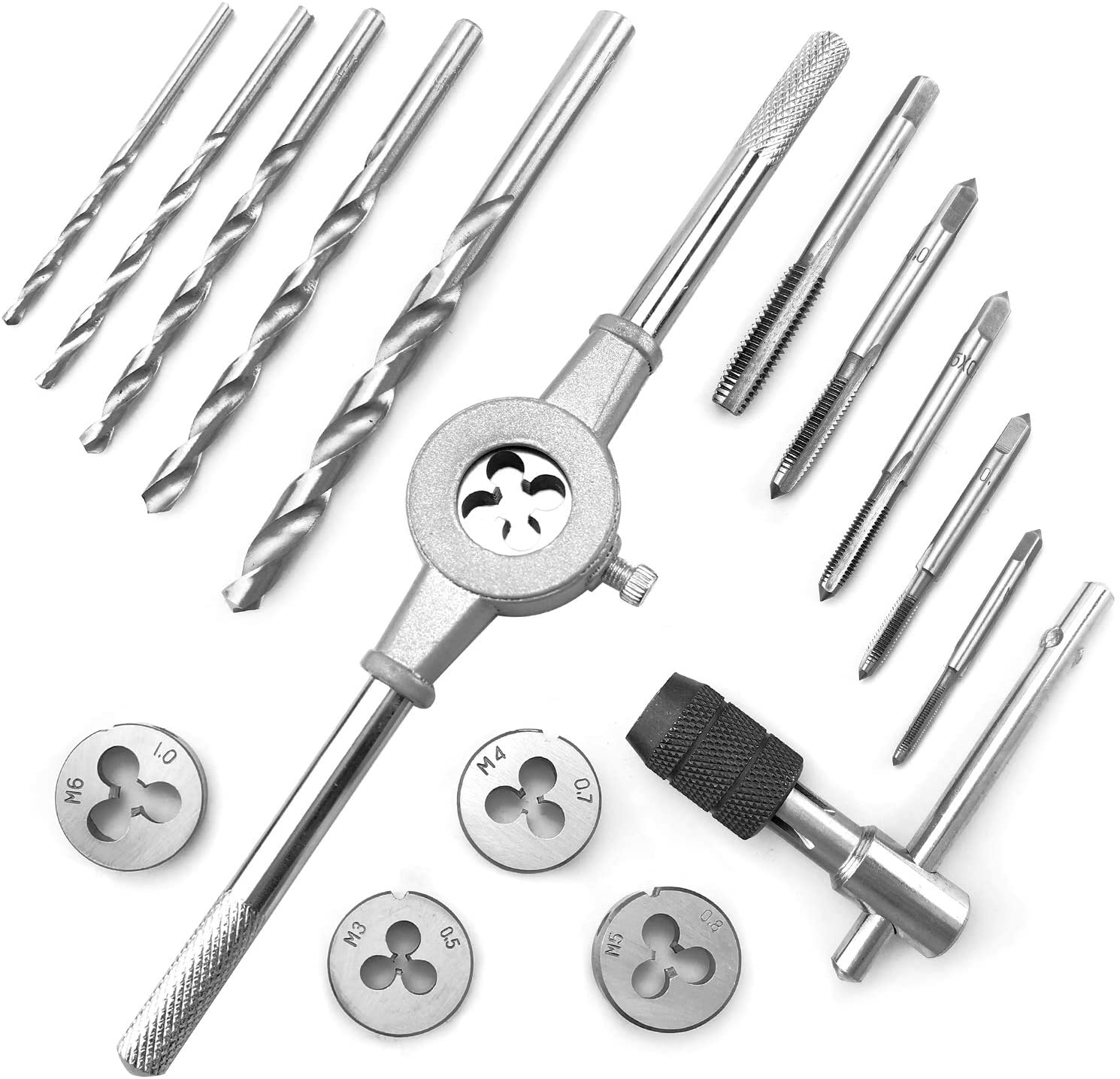 DRILL BITS, TAPS, & DIES
DRILL BITS, TAPS, & DIES
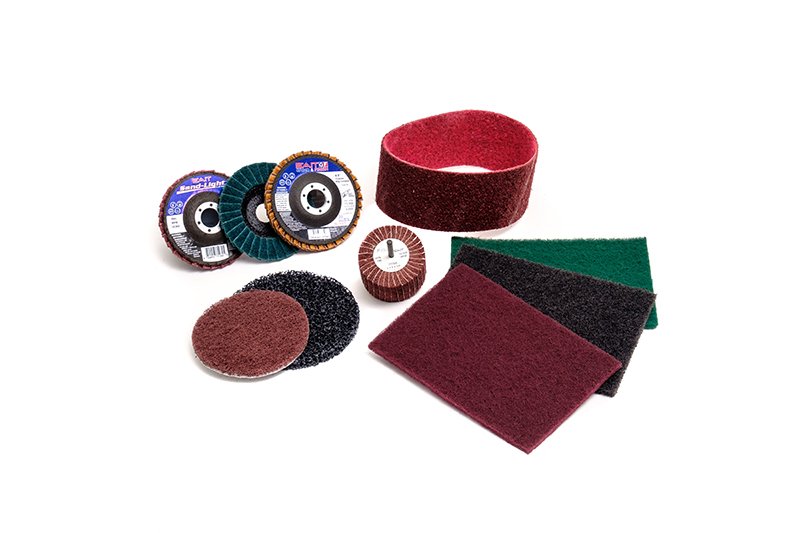 ABRASIVES & SAWBLADES
ABRASIVES & SAWBLADES
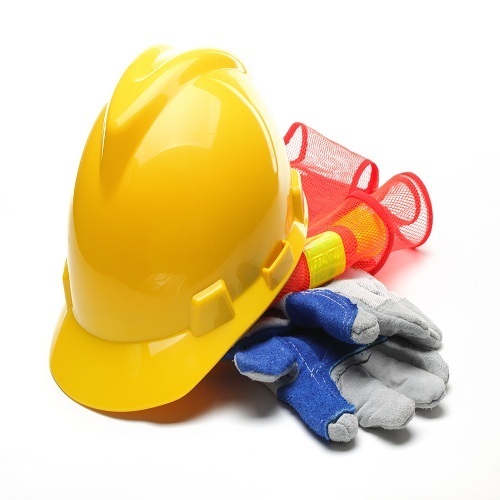 SAFETY EQUIP.
SAFETY EQUIP.
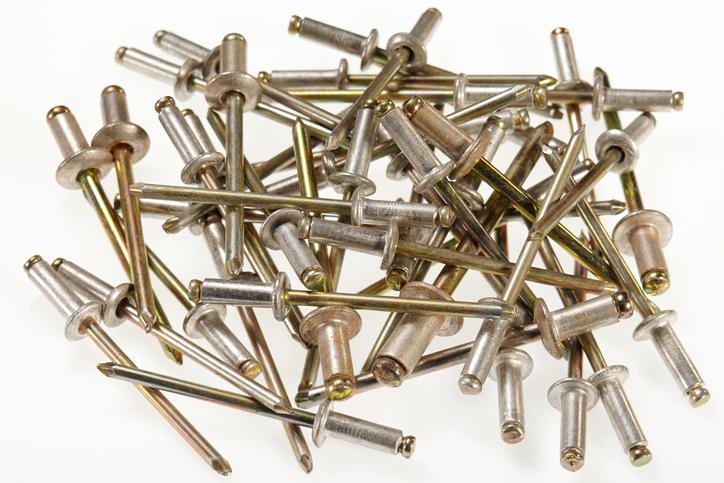 MISC.
MISC.
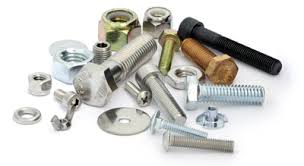 MATERIAL TYPES
MATERIAL TYPES
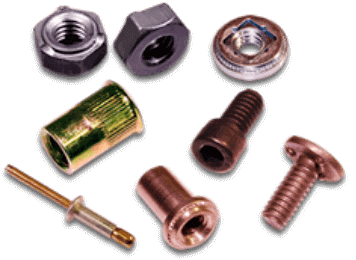 PLATING TYPES
PLATING TYPES